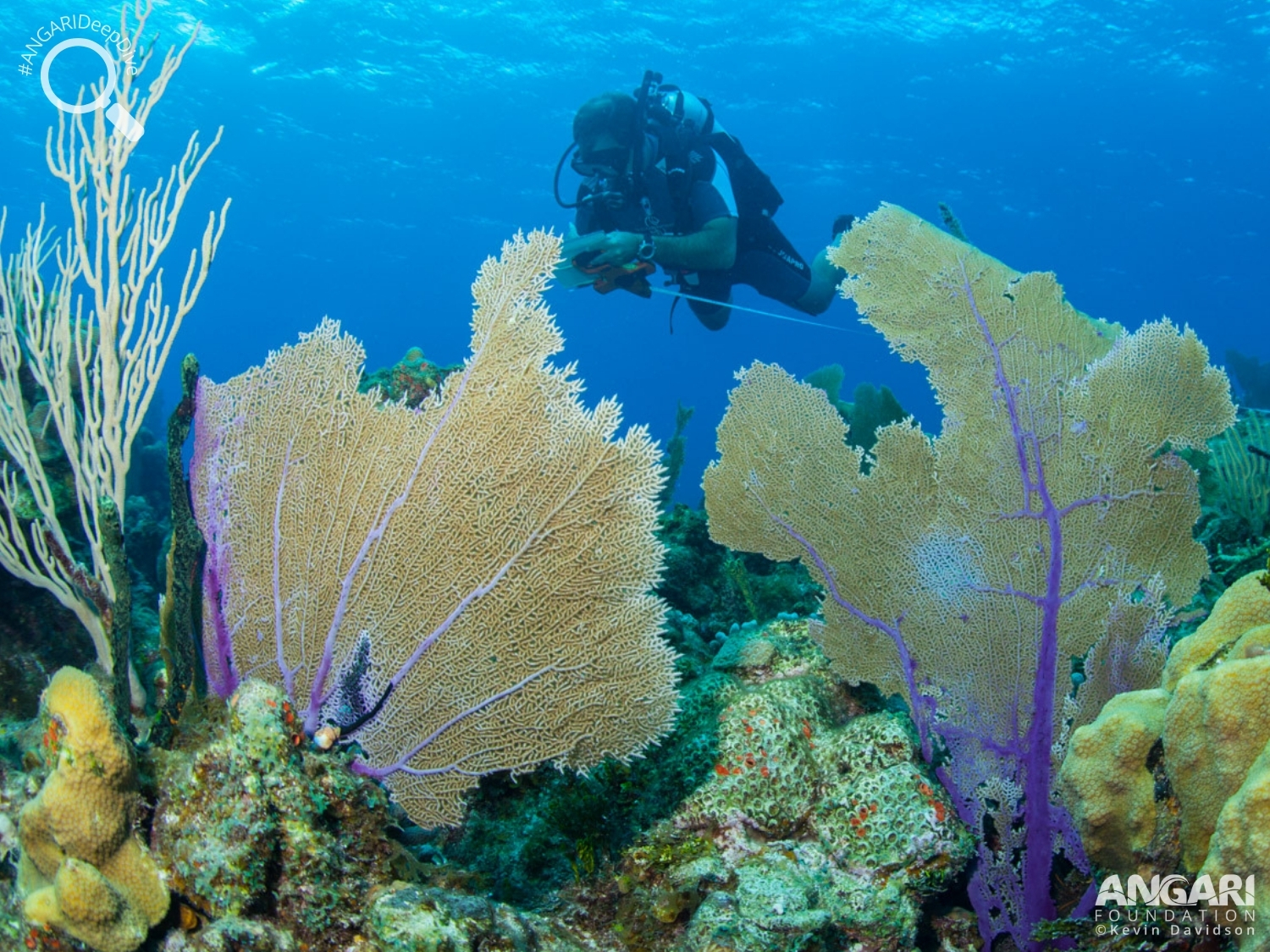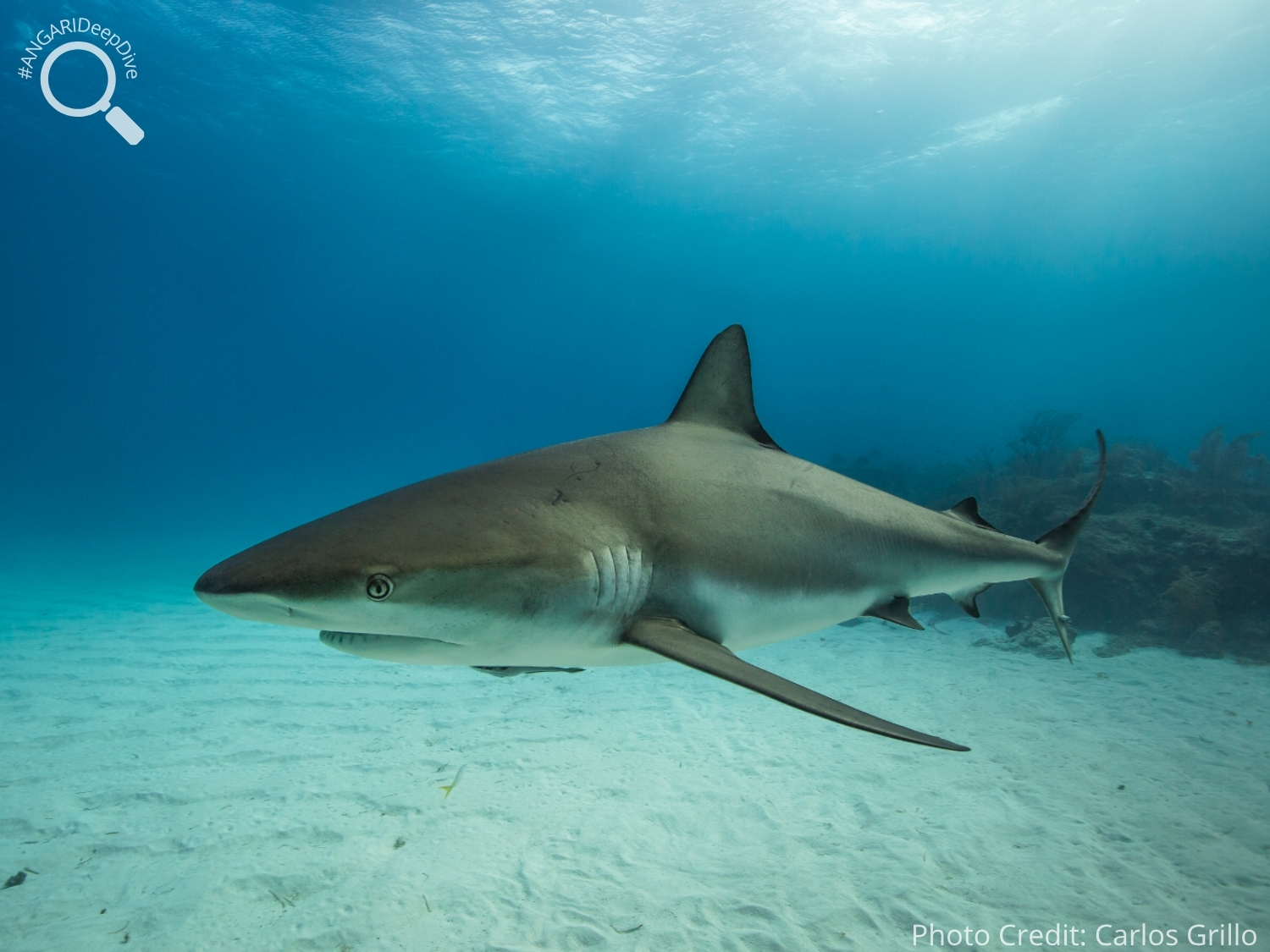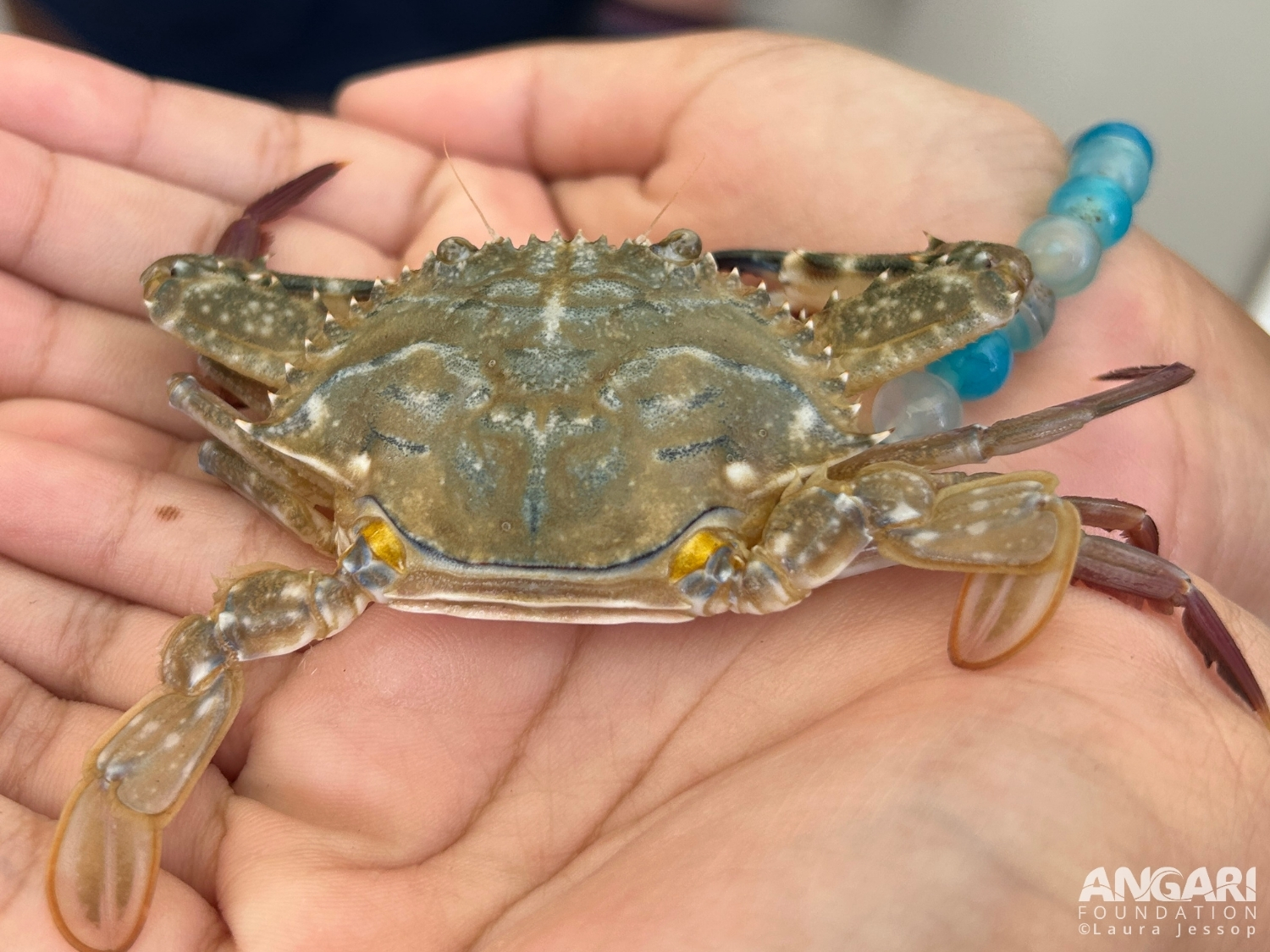Common sea fans are commonly found on coral reefs and can be identified by their purple tissue.
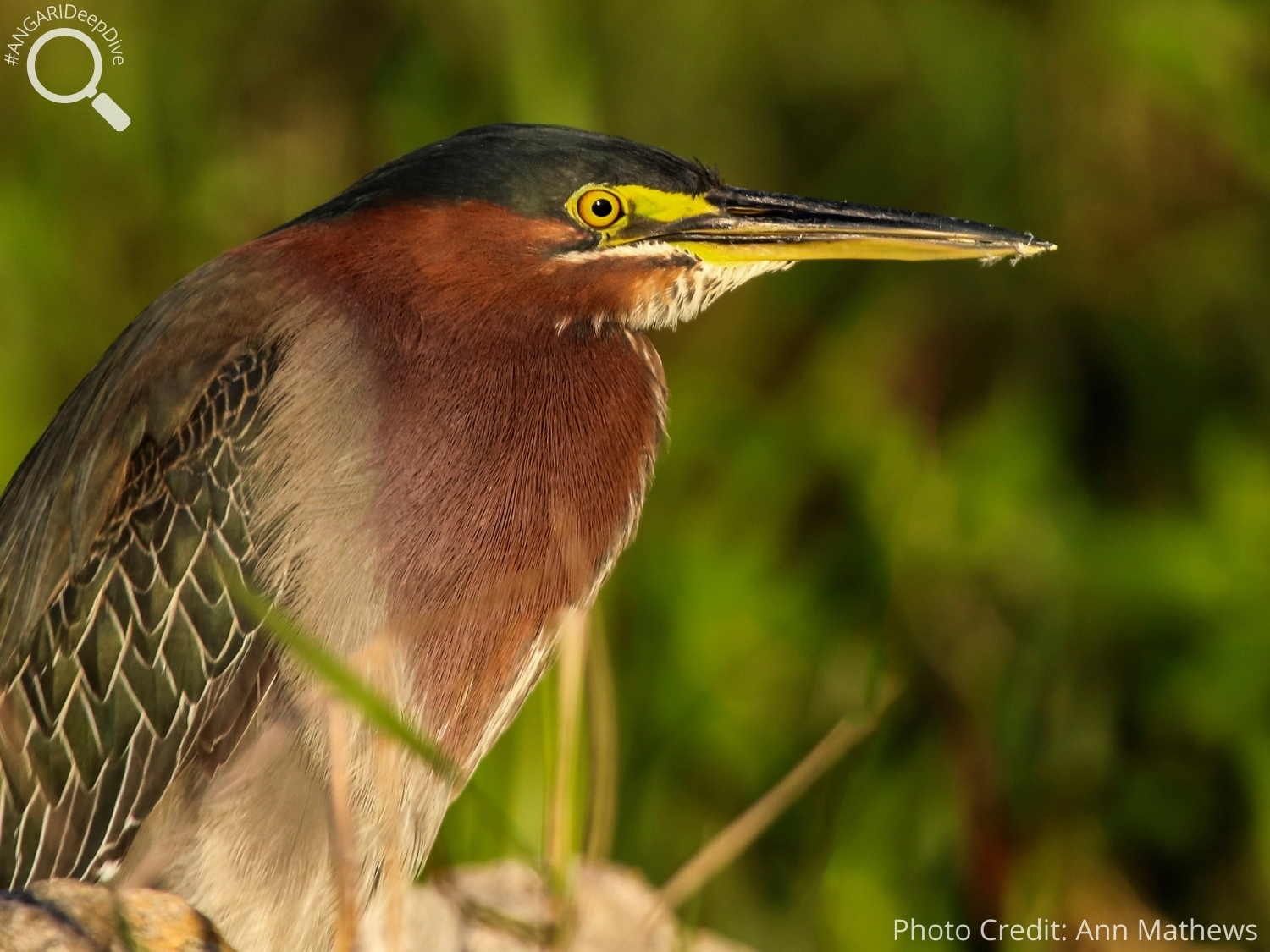
Green Heron (Butorides virescens)
The green heron (Butorides virescens) is a small species of heron that has a distinct velvet-green colored back. You will likely spot them standing on the water’s edge while they wait patiently for their dinner to swim past. Check out the fun facts below and learn all about the green heron.
#1: Where are green herons found in the United States?
Green herons can be found across a large proportion of the United States. Depending on the time of year some green herons migrate north and then back south when the weather turns slightly colder. However, in Florida and other southern states there are resident green heron populations and they stay in the area all year-round.
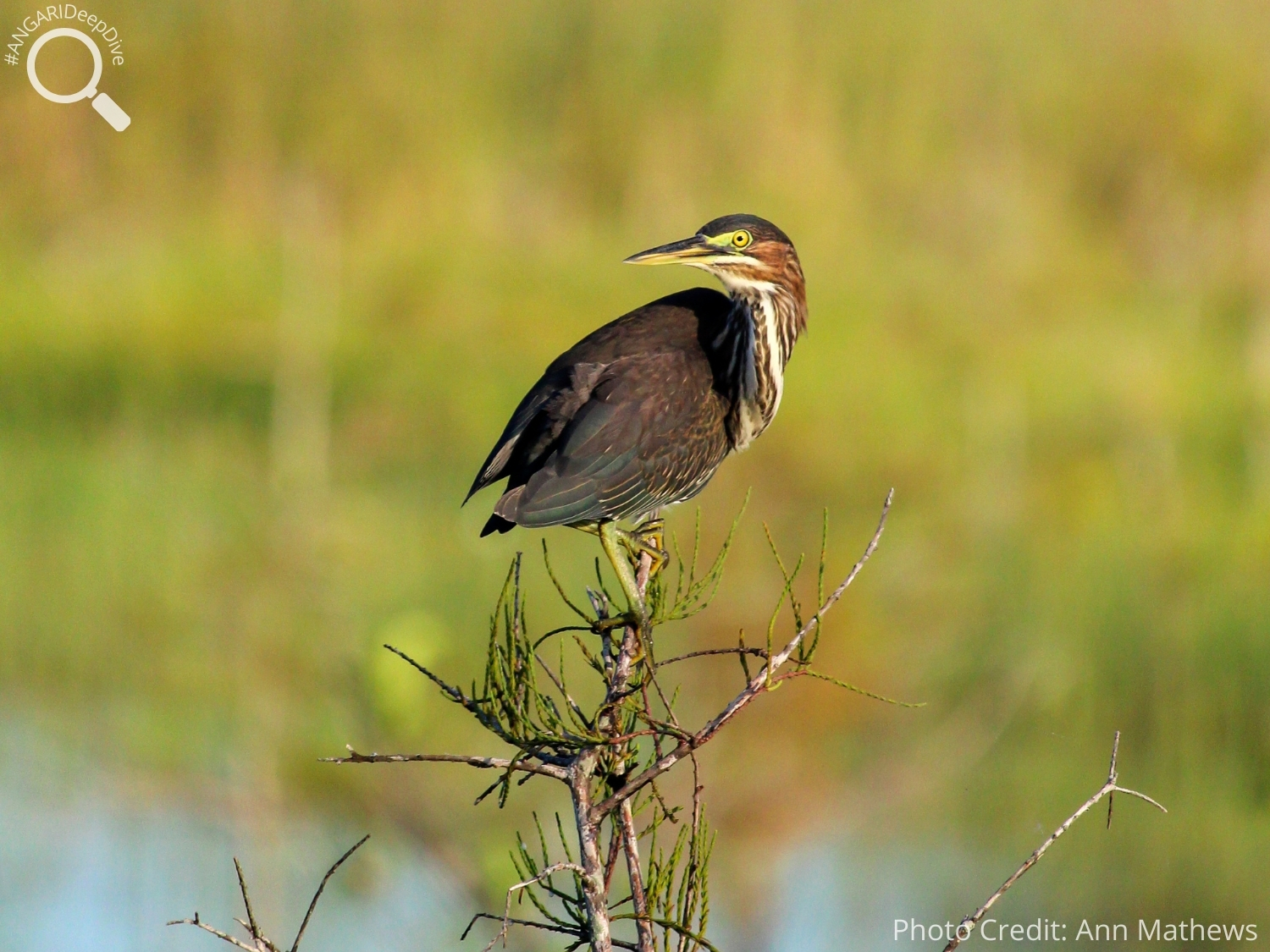
#2: What habitats does the green heron like to spend their time in?
It is very common to see a green heron foraging in both marine and freshwater habitats. They spend a lot of their time on the fringes of marshes, estuaries, shores lined by mangroves, rivers and lakes.
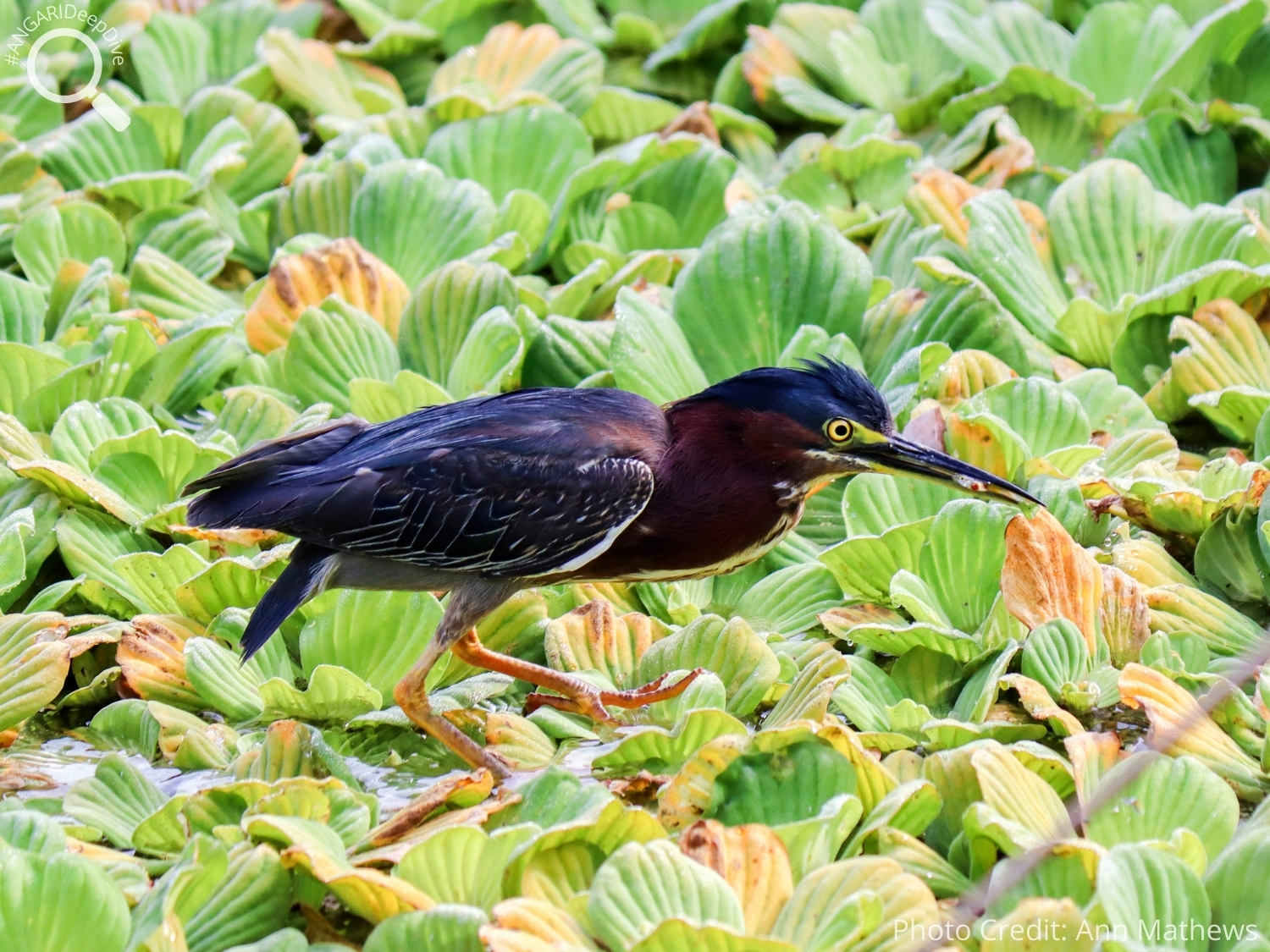
#3: Green herons utilize tools for fishing!
Green herons feed mainly on small fish but will also feed on insects, crustaceans and amphibians. They are unique because they are one of very few birds that use tools to help them hunt. The green heron will take a feather or another object and place it on the surface of the water and use it as a lure to attract fish to the surface of the water!
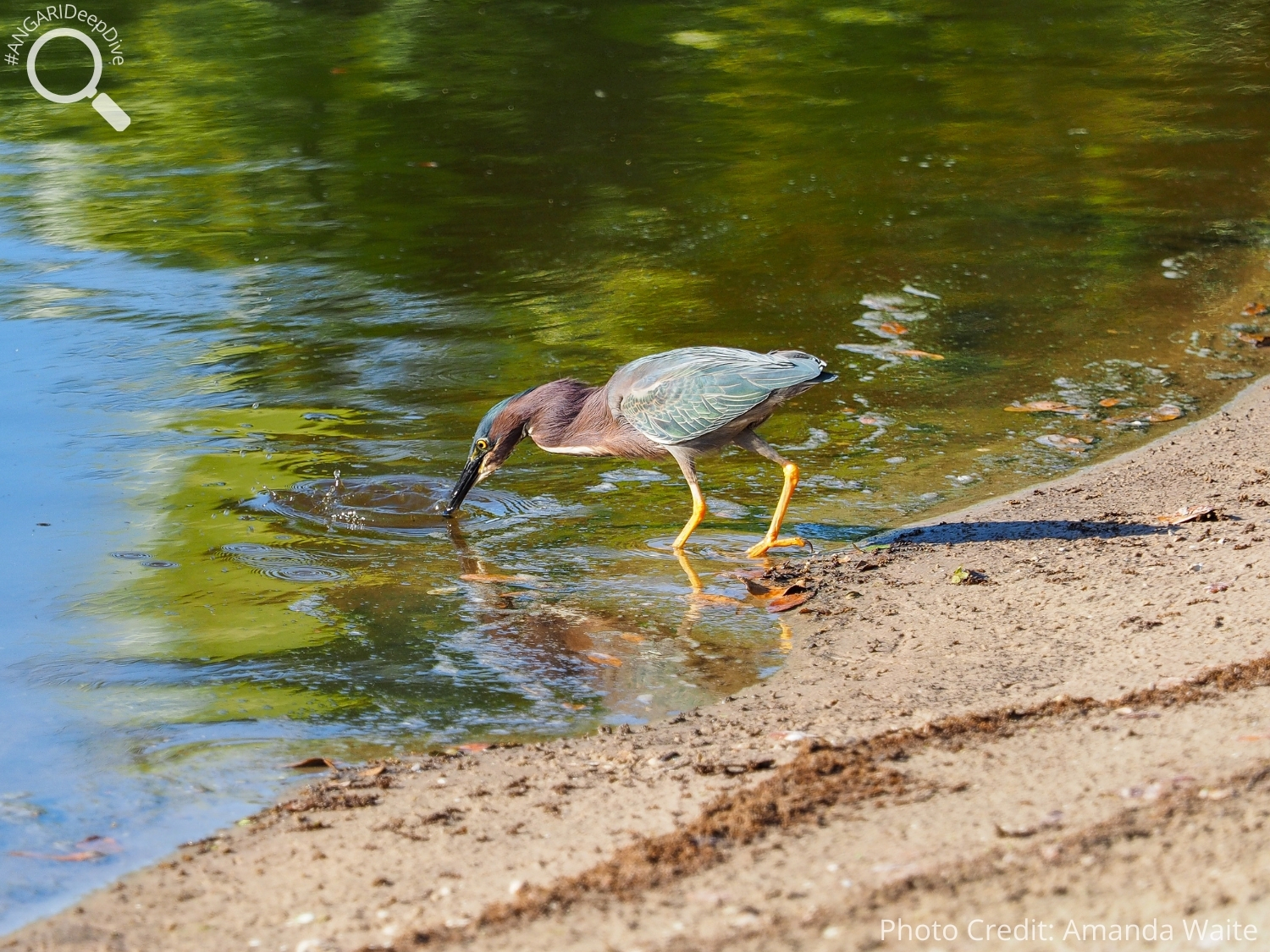
#4: The green heron is very patient.
When the green heron hunts it stands extremely still on the water’s edge and waits. When there is a fish within the required distance they use their bills and lunge into the water. They either catch the fish by grabbing it between its beak or by piercing the fish.
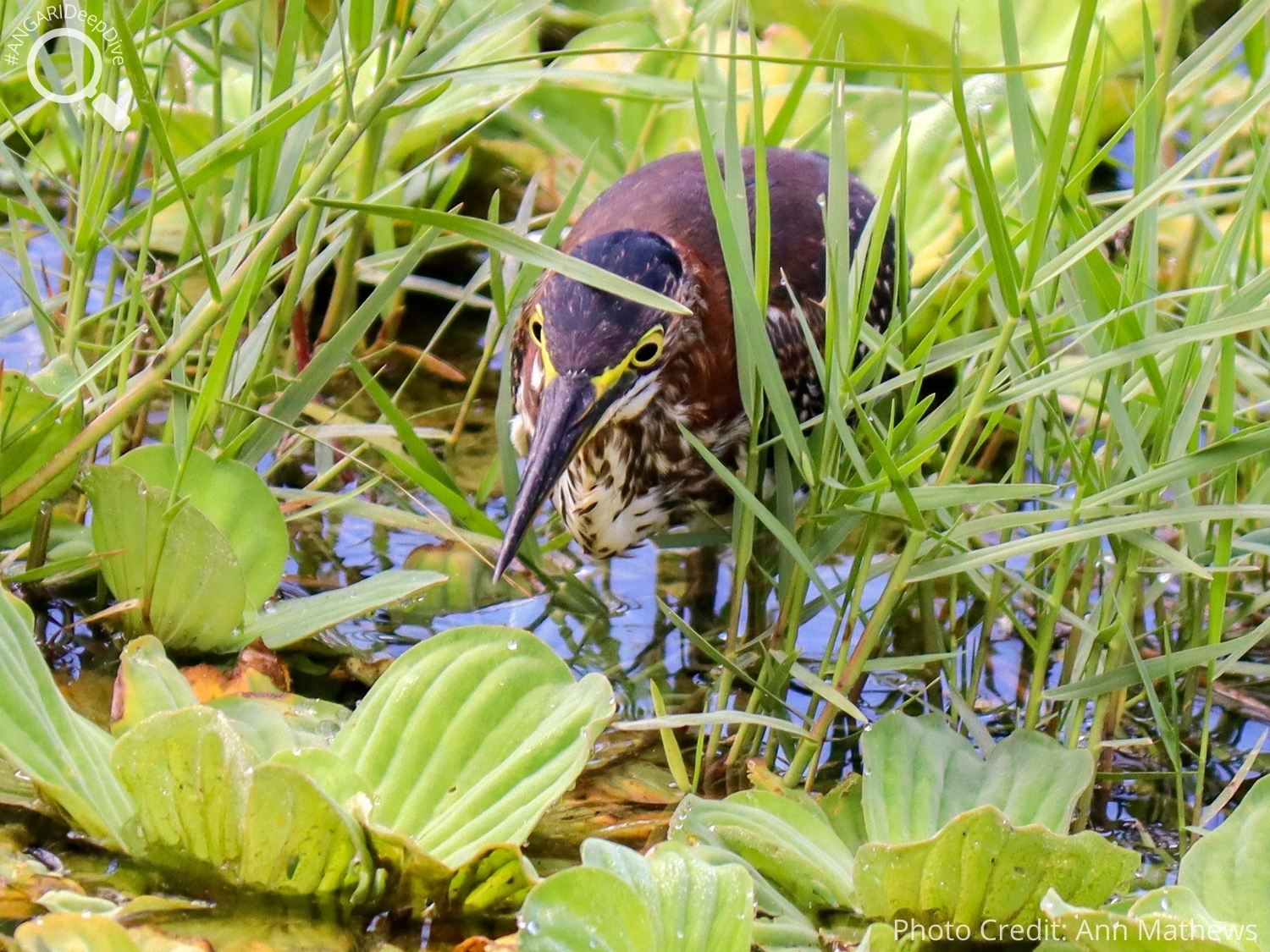
#5: The green heron stays out of the way.
When the green heron is hunting it is common to see them in shallower waters. The reason for this is because they are avoiding the deeper water where the larger herons hunt.
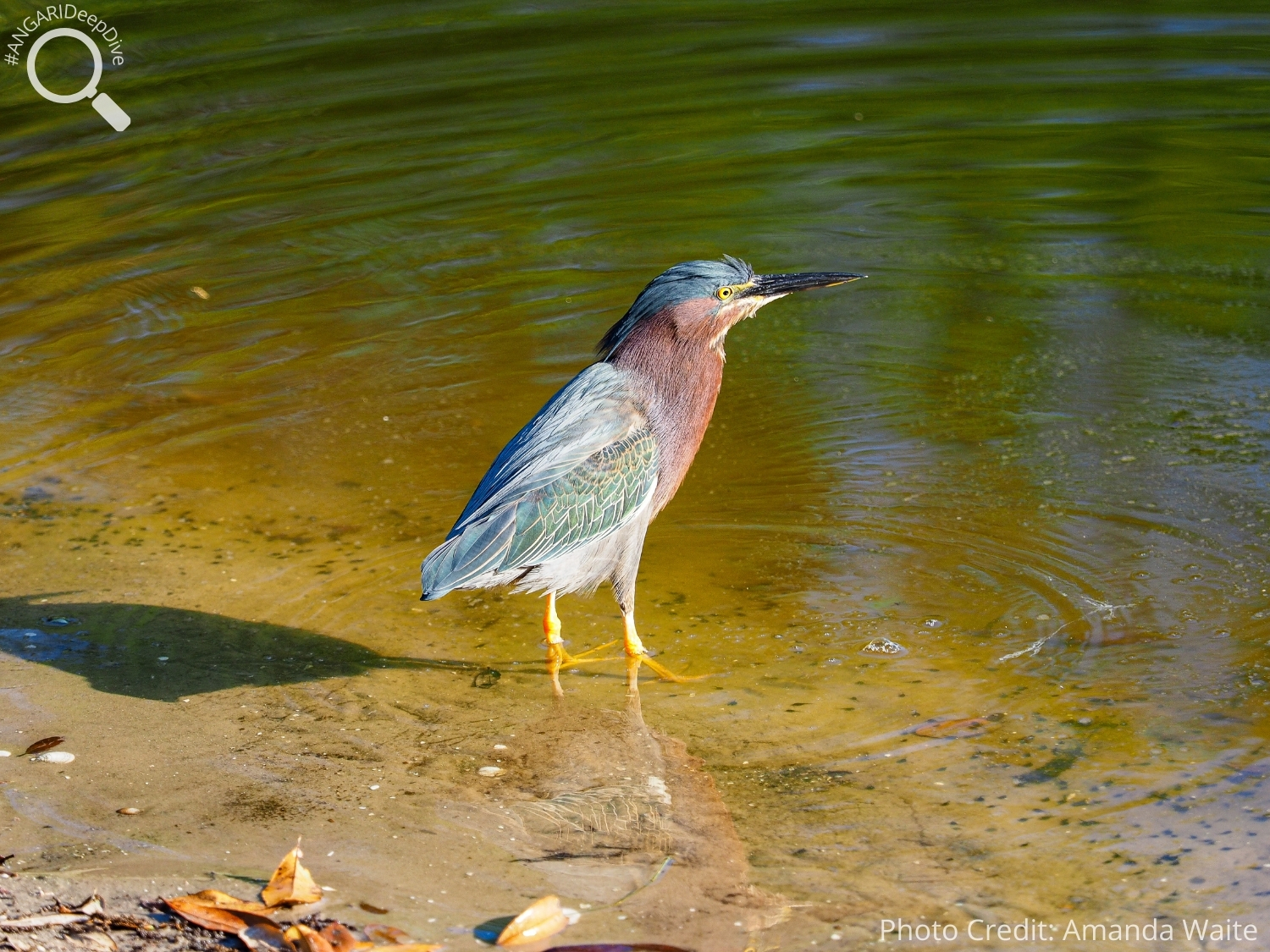
#6: Have you ever found a green heron nest?
The male green heron chooses the location for the nest. He will choose a location that is close to the water but not necessarily on water, and this could be in the large fork or a tree or a bush that has overhanding branches and foliage to protect the nest.
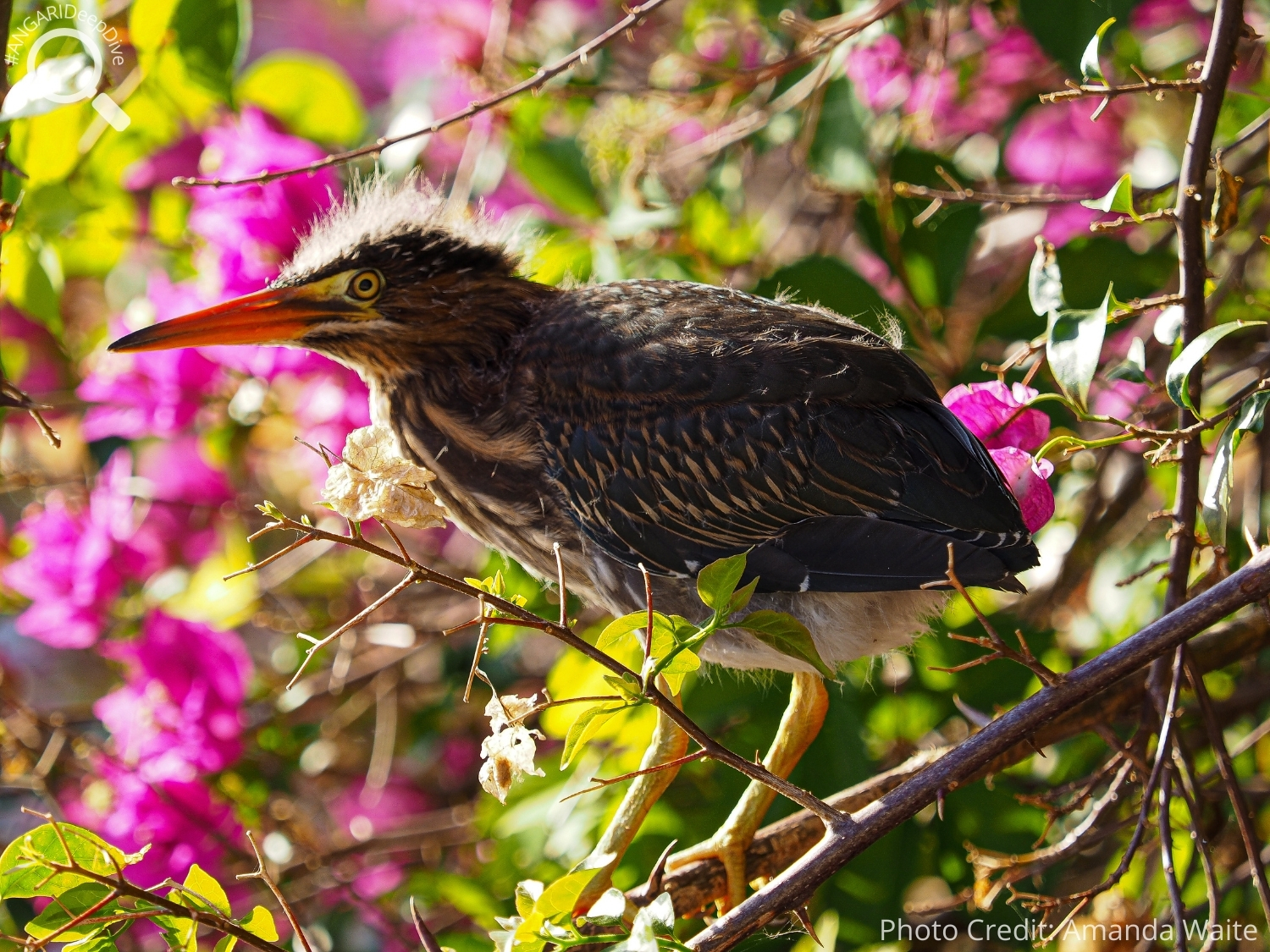
#7: Green heron chicks get their skills from their parents.
Both male and female green herons will stay and feed the chicks after they have hatched. It is common for a green heron chick to stay with its parents for a month so it can learn skills like how to forage.
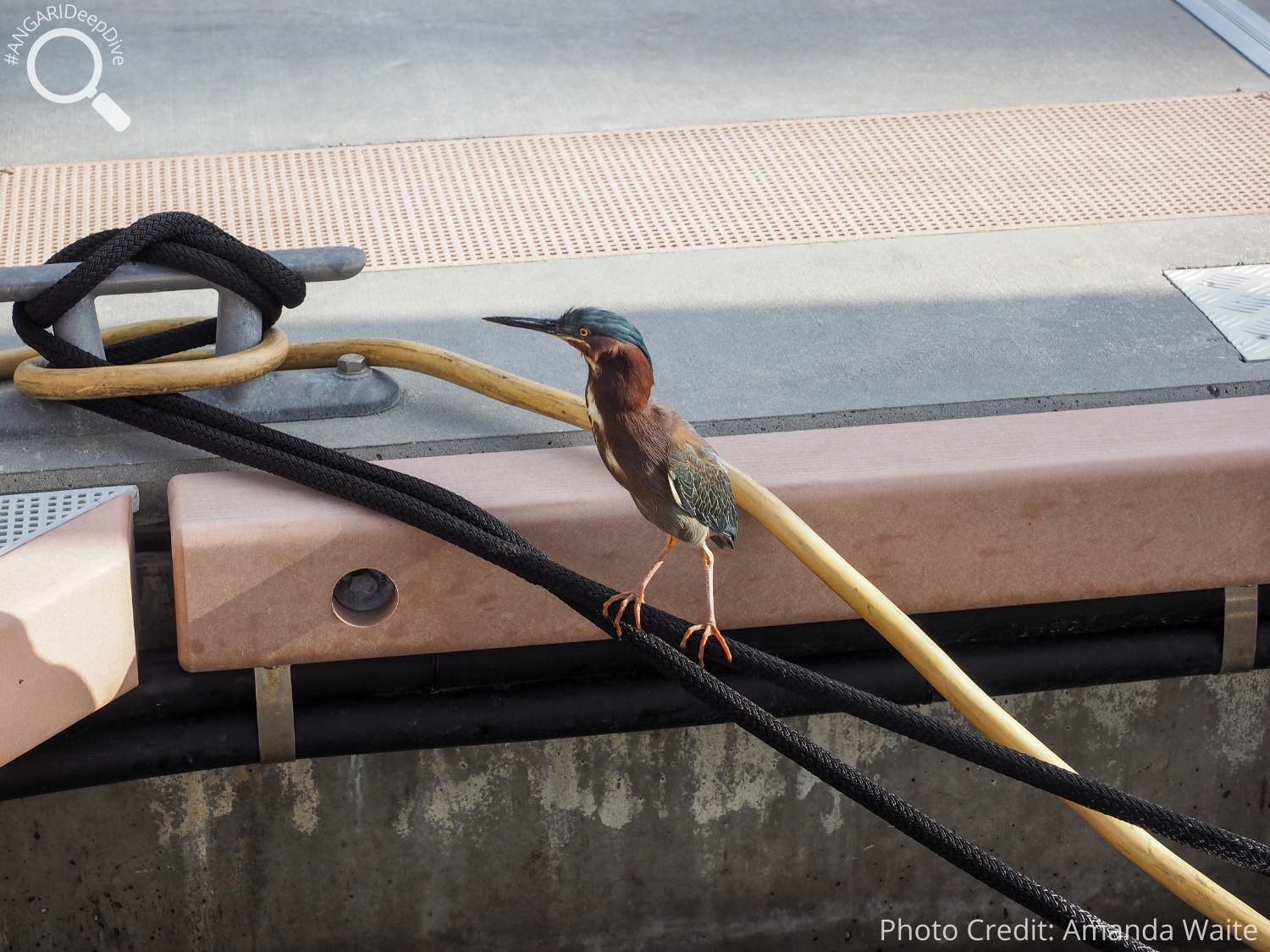
#8: What animals are a risk for the green heron?
When the green heron chicks are born they are very vulnerable to predators. The green heron parents have to fend off predators such as snakes and racoons.
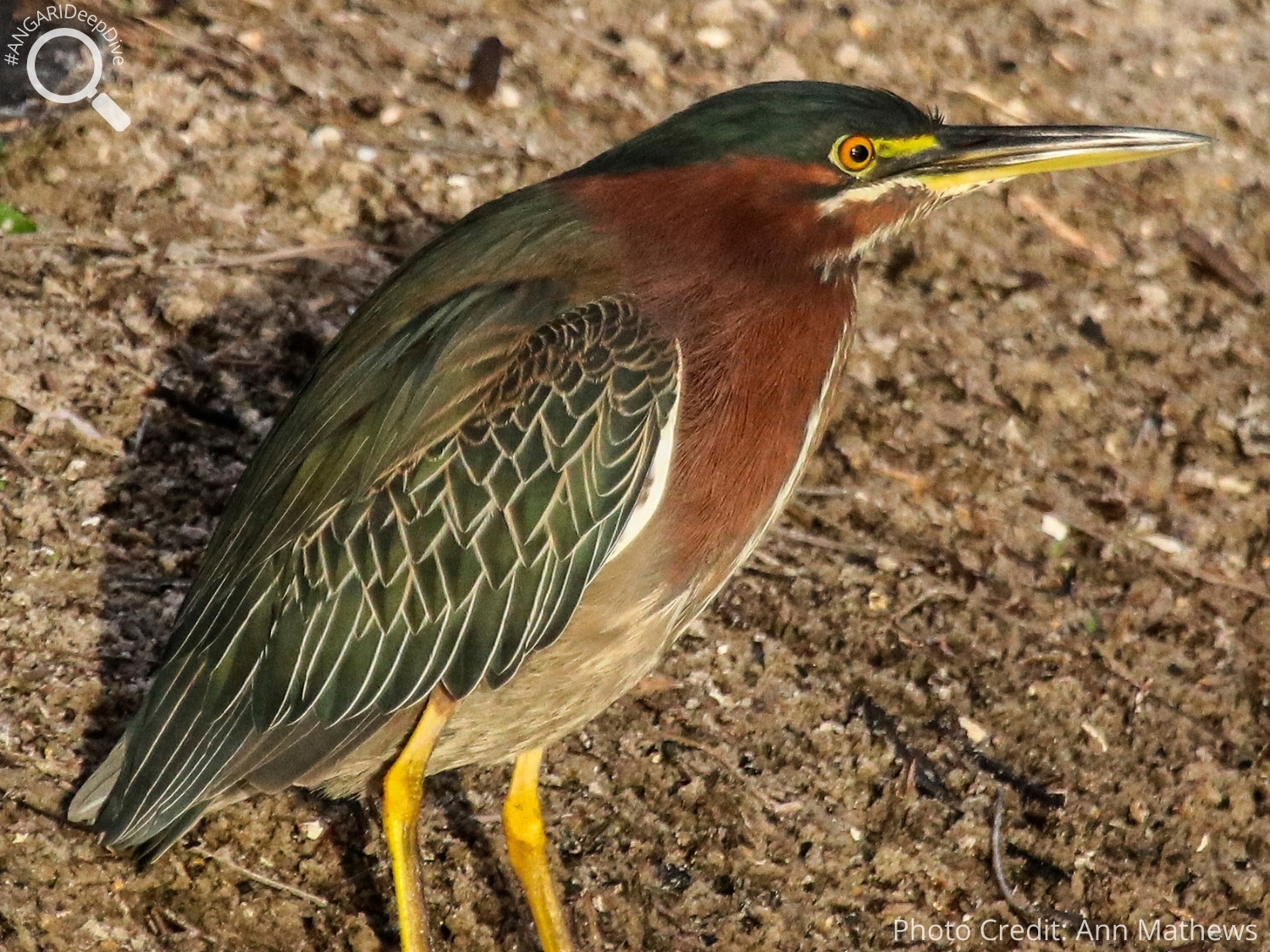
Green herons are relatively common birds, however in recent years their populations have seen a sharp decline. Factors that have contributed to their decline include habitat loss such as the draining of wetlands and development. We can help this species by ensuring that we protect the natural areas that this and other species call home and then hopefully their populations become more stable.
Additional Green Heron Resources:
1. Green Heron – Cornell Lab, All About Birds
2. Green Heron – American Bird Conservancy
3. Green Heron – National Audubon Society

